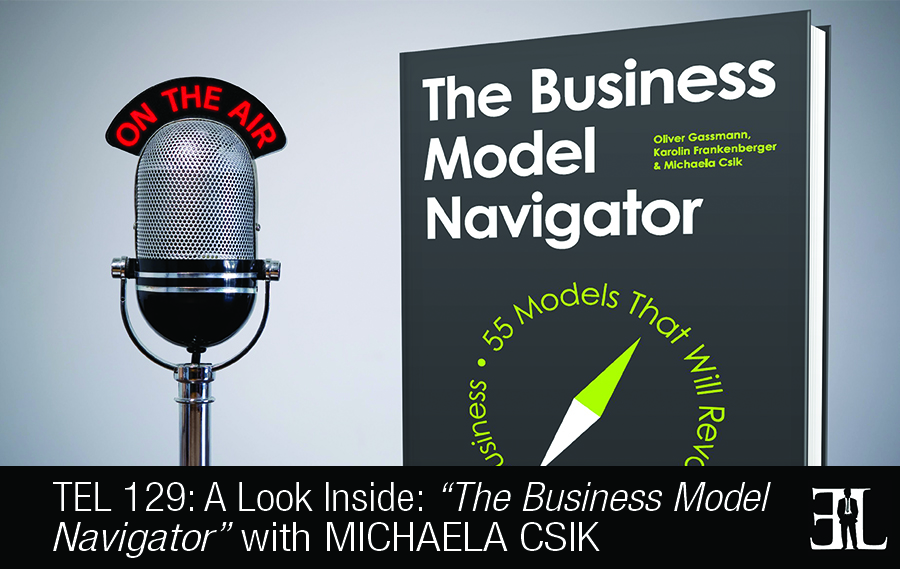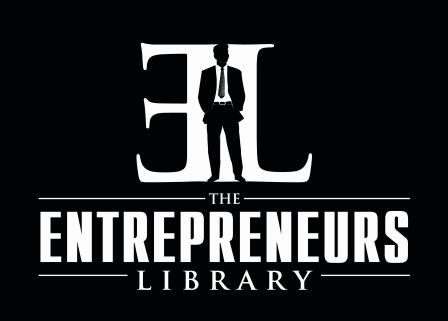A Preview of The Business Model Navigator with Michaela Csik

A summary of things you should know about The Business Model Navigator according to Michaela Csik:
Introduction
In this episode Michaela Csik takes a deep dive into her book, The Business Model Navigator, where she shares 55 business models that make up 90% of the most successful businesses in the world.
In her book, Csik and her co-authors provide the blueprints you need to revolutionize your business and implement powerful change. The goal of the book is become a toolkit for you to adapt and innovate your business model and to understand what other business models are, who invented them, who uses them now, and how to apply them to your business.
This book is perfect for entrepreneurs who are creating a brand new business or are simply looking to reinvent their current business model in order to deliver the results they need.
The Book’s Unique Quality (4:06)
What’s unique about our book is that we don’t just provide a process but we also provide the recipes that entrepreneurs can use. We provide business model designs and patterns that can be used by anybody to design a breakthrough business models in their own industry or market.
The Best Way To Engage (4:49)
There are different ways to jump into the book. We have three main part of our book and the first part covers the basics of business models and business model innovation. So if you want to start with the basics you can start at part one.
The Reader’s Takeaway (10:07)
There are two concepts that are given as inspiration to entrepreneurs and can also be used in practice. The first one is the business model innovation map which can be found on the inside front cover of the book. This map gives in one picture all of the 55 different business model patterns. It’s a very simple and catchy illustration of the 55 models. The second concept is the pattern cards which are explained in the book. The pattern cards are a tool that we developed of how those 55 models can be used.
A Deep Dive Into The Book (6:00)
We have three main parts in the book. The first part is providing the reader with our introduction to our business model concept. We help the reader in providing a framework and we say that business model is based on four main dimensions, the what, who, why, and how. We also introduce the business model navigator which is the process that entrepreneurs and companies should follow when they want to design a breakthrough business model. In the core of The Business Model Navigator there are concepts and patterns which are explained more in depth.
The second part of the book is the heart and the core of the entire book which introduces the 55 business model patterns. For each pattern the reader will find an explanation of the origins of the pattern. We show you which company or entrepreneur was the first to ever use this pattern and we give a background of the pattern itself. We also explain and introduce examples of innovators or companies that have used these patterns in the past to generate the business model in their own industry. Also for each pattern there are different recommendation of when and how the patterns should be applied and what the entrepreneur has to take in to account.
In the third part of the book we give tips and tricks about how an entrepreneur or company can really implement our concepts of the 55 models together with The Business Model Navigator.
Notable Quotes From The Book (11:42)
“90% of all new business models aren’t actually new; they are based on 55 existing patterns.” – From co-authors of The Business Model Navigator
The Credibility/Inspiration Of The Author (0:34)
I am working as an Innovation Manager at Holcim Technology, one of the world’s leading suppliers of cement and aggregates and there I am mainly responsible for new business models. Before that I worked at the University of St. Gallen in Switzerland and during that time I had the chance to work with Oliver Gassmann and Karolin Frankenberger on The Business Model Navigator book.
We see a lot of companies that are ahead of the competition. So business model has become in the last 10 to 15 years a major driver of success. It’s not enough to be just good in product innovation anymore but in a way the business model is becoming more and more important. The paradox is that most companies don’t have the right tools to be anywhere different when it comes to their business model so there is a huge gap between importance of business model innovation and the tools that are available to be innovated in this particular area.
Other Books Recommended By The Author (12:31)
Blue Ocean Strategy by W. Chan Kim
More Information About This Book and The Author
Buy The Business Model Navigator by Michaela Csik on Amazon today
Visit BMI-Lab.ch to learn more about the book and the tools that come with it
Follow Michaela Csik on Twitter
More Information About This Episode
Download the full transcript here (coming soon)
Listen on iTunes, Stitcher , and SoundCloud
Related books:
Crazy Is a Compliment: The Power of Zigging When Everyone Else Zags by Linda Rottenberg
The Risk-Driven Business Model by Serguei Netessine
A More Beautiful Question: The Power of Inquiry to Spark Breakthrough Ideas by Warren Berger
What did you like and not like about this episode? Fill out this one minute survey here.
 The Entrepreneurs Library
The Entrepreneurs Library














